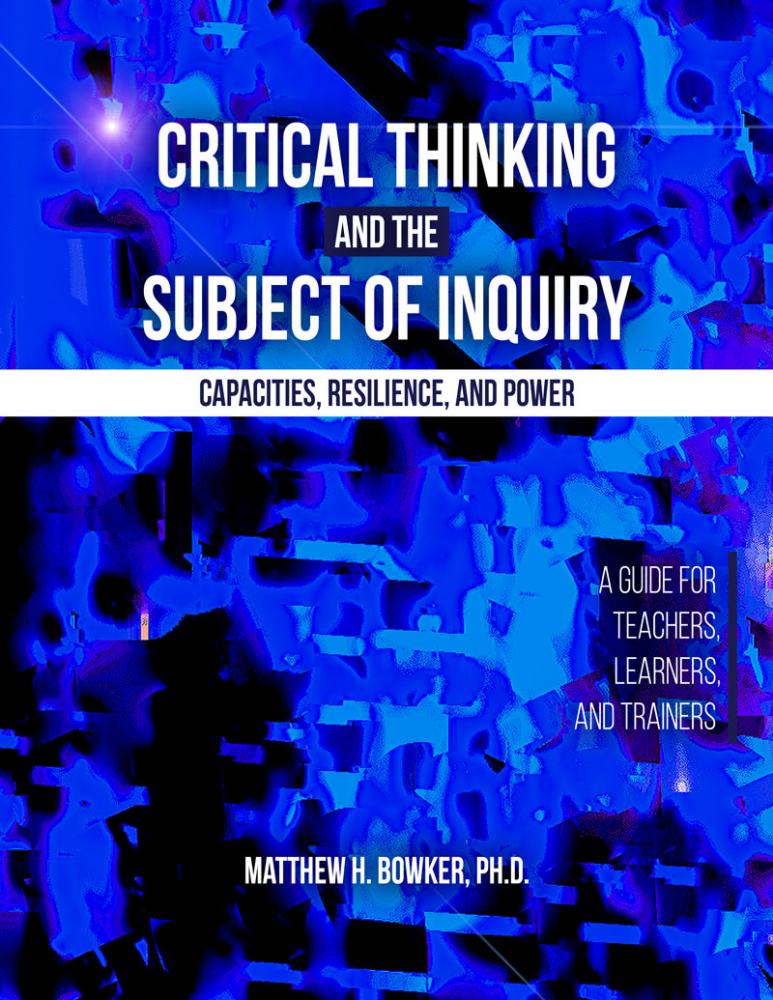



In spite of its intuitiveness, the approach has several potential issues. Perhaps the most common approach to conceptualise contexts has been to treat them (either implicitly or explicitly) in terms of bounded ( Jeffreys and Jeffreys, 1988) or ’quasi-bounded-sets’, explain their co-existence as overlap and visualise it using Venn-diagram-like illustrations. What remains often relatively vague is, however, how the different micro and macro-level contexts are related to each other and how they interact. In library and information science, information needs ( Savolainen, 2012) and activities have been acknowledged to be, at the same time, situational and contextual in a local spatiotemporal sense, simultaneously than they have been underlined as holistic ( Huvila and Ahmad, 2018) and information world ( Jaeger and Burnett, 2010), or life world ( Burnett and Jaeger, 2008 Habermas, 2004), wide phenomena. There are parallels in other disciplines, for instance, in archaeology where the focus of inquiry has broadened from a traditional emphasis of immediate micro-contexts of material objects to landscapes, taskscapes and phenomenology (Edgeworth, 2016 Knapp and Ashmore, 1999). It is possible to see a similar broadening of focus also in other areas of library and information science from knowledge organiz ation (e.g., Jacob, 2001 Andersen, 2017) to information searching and retrieval (e.g., Skov et al., 2008 Waller, 2011 Borlund, 2016).
#Contexts for inquiry price professional#
Instead of seeing context as a single- or multi-layered surrounding, describing it as a centred set makes it a position with affinities to different factors, situations, people or things.Ĭonclusions.Even if all of the approaches have their inherent limitations, the notion of centred set provides means to rethink context and to help to avoid the temptation to treat it as an unspecified container and make it possible to explicate its constituents and their movement toward or from its nucleus.Ĭontext has turned to one of the key concepts in library and information science research especially in the wake of the increasing popularity of the social and cultural metatheories ( Tabak, 2014 Tuominen et al., 2002 Talja et al., 2005) In information behaviour research, the focus of empirical work has shifted from an earlier focus on scholarly and professional contexts to embrace information practices in leisurely ( Hartel et al., 2016) and everyday ( Savolainen, 1995 McKenzie, 2003) contexts and further to underline the deep contextuality ( Agarwal, 2017) and cross-contextuality (e.g., Huotari and Chatman, 2001 Jaeger and Burnett, 2010) and phenomenological nature (Keilty and Leazer, 2018 Gorichanaz, 2015 Savolainen, 2008a) of information interactions. Results.This paper explicates the implications of the traditional approach of conceptualising context in information research as bounded sets or ’quasi-bounded-sets’, and to contrast an alternative view of treating them as centred sets or processes. Method.This paper provides a conceptual overview of the use of the notion of usefulness in library and information science literature, explicates its relation to key parallel concepts, and on the basis of an empirical vignette in the context of health information research, discusses the potential limits and advantages of referring to usefulness instead of and together with other related concepts.Īnalysis.The paper is based on conceptual discussion and a selective review of literature. Context is one of the key concepts in library and information science research. Rethinking context in information research: bounded versus centred sets Isto Huvila Introduction. Proceedings of the Tenth International Conference on Conceptions of Library and Information Science, Ljubljana, Slovenia, June 16-19, 2019


 0 kommentar(er)
0 kommentar(er)
